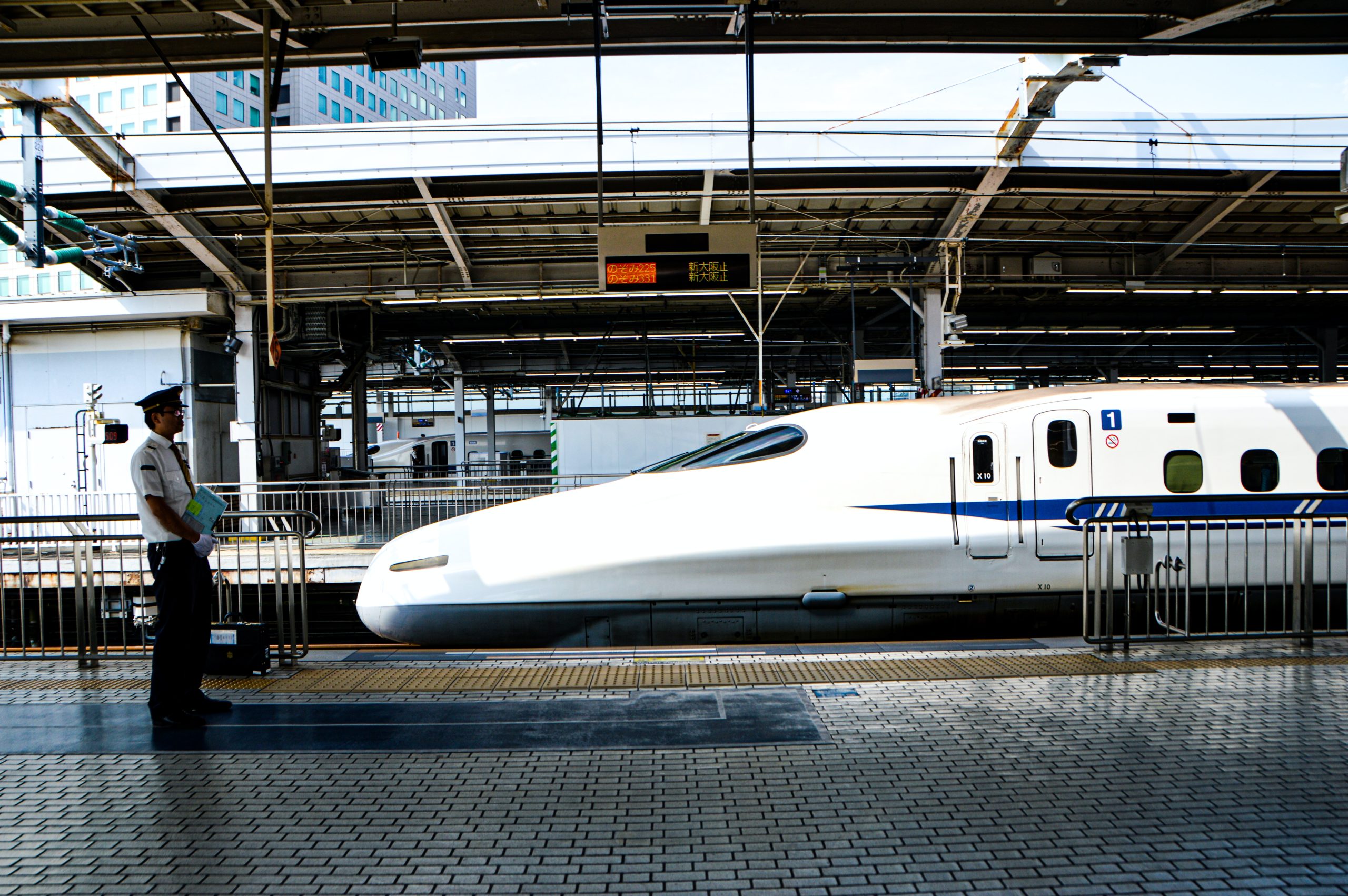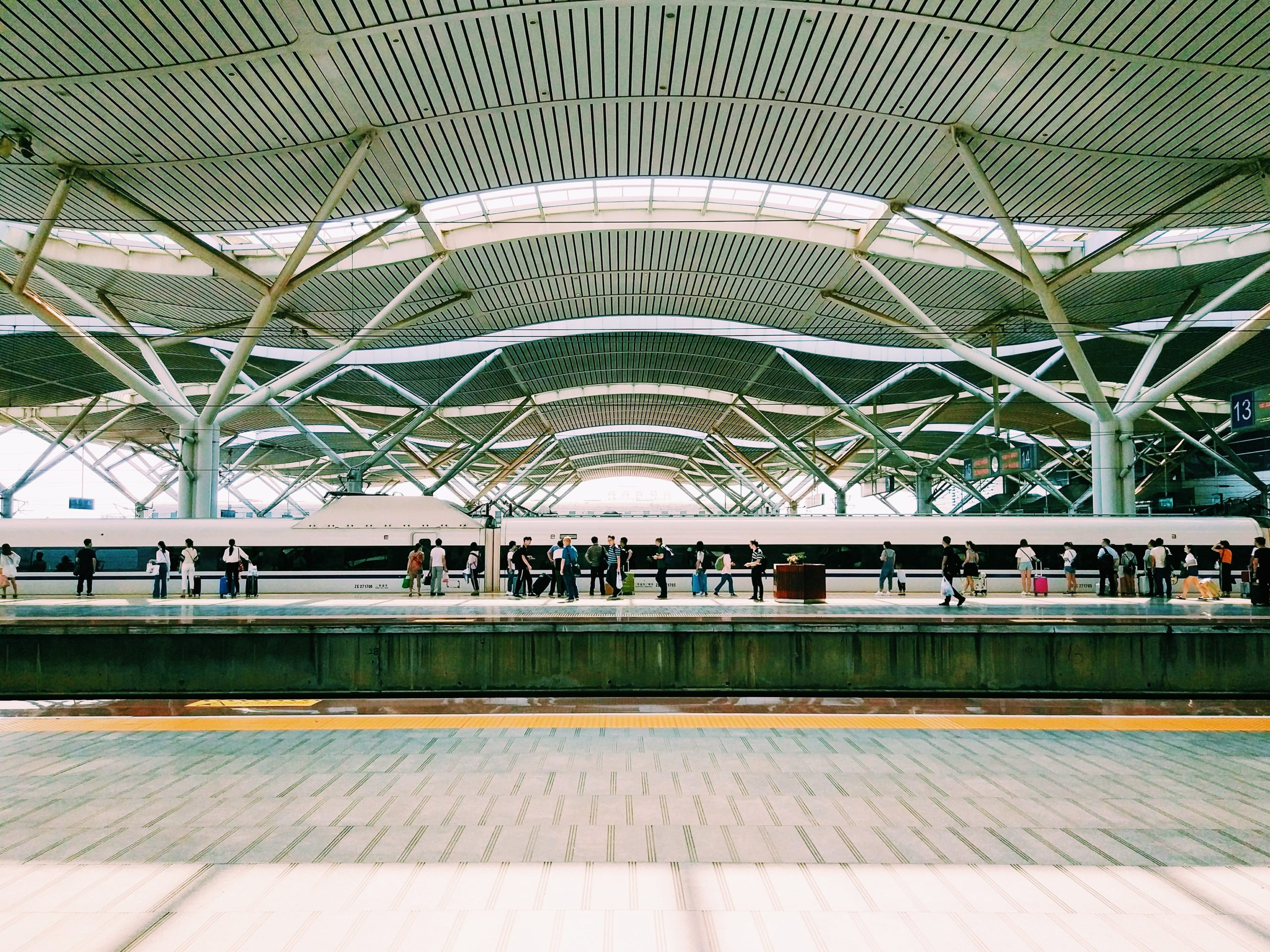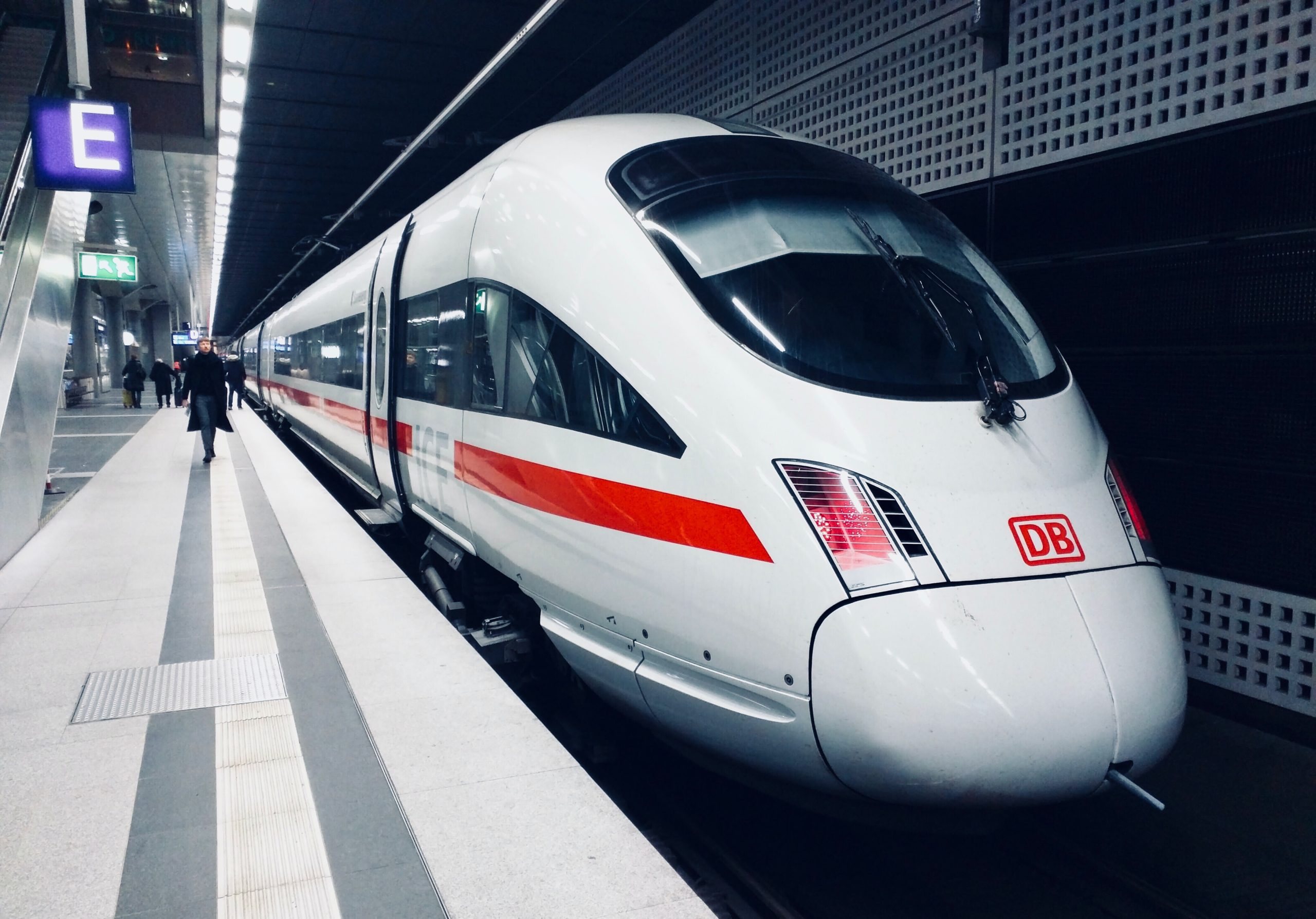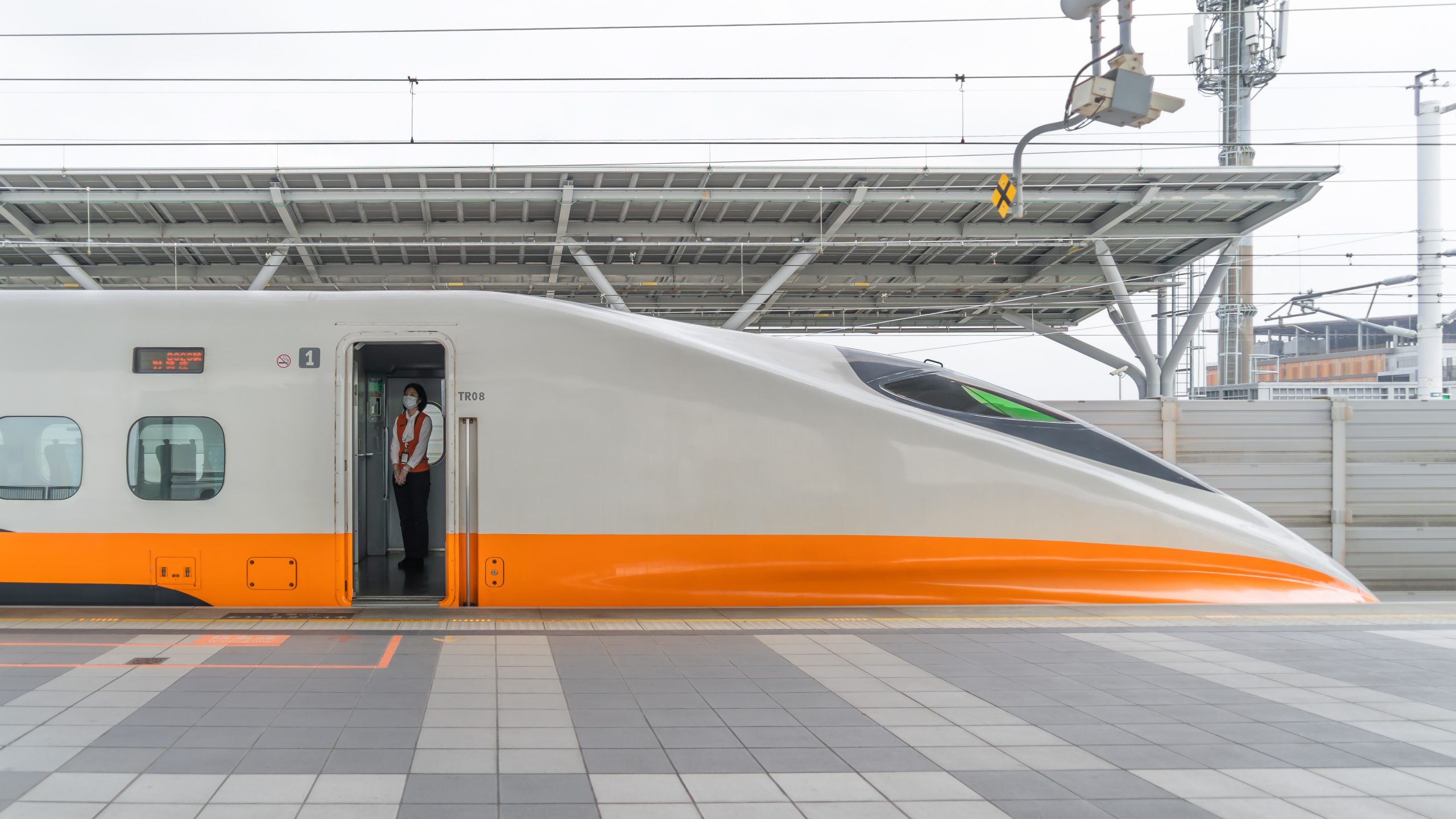Fastest train in the world

Ever since the first steam locomotives, there have been efforts to build the fastest train in the world. Currently, German ICEs, for example, can travel at up to 330 km/h. Read here which trains are actually the fastest in the world.
Billboard
Skyscrapper
Halfpage
Ever since the first steam locomotives, there have been efforts to build the fastest train in the world. Currently, German ICEs, for example, can travel at up to 330 km/h. Read here which trains are actually the fastest in the world.
Daily top speed of 430 km/h of the fastest train
Time and again, train manufacturers make headlines because they want to break speed records. In April 2023, for example, news broke that China wants to reach up to 1000 km/h with its Hyperloop system. Initial successful tests of the maglev train have apparently achieved this speed. The whole thing is necessary via a largely airless tube in which the train accelerates at low energy consumption. With this technology, trains could soon be travelling as fast as aeroplanes.
The first Hyperloop track, which Tesla entrepreneur Elon Musk has also promoted, should be ready by 2035. It could be 150 kilometres long and connect the two mega-cities Shanghai and Hangzhou in China. Even without a tube, the train can already accelerate to 623 km/h, according to test runs.
And already the fastest train in the world comes from China. The “Shanghai Maglev”, also a maglev train, connects the city centre of Shanghai with Pudong Airport. This route is 30 kilometres long. It takes the train only seven minutes and 30 seconds. It reaches speeds of up to 460 km/h. Every day, 430 km/h is reached on a short section of the line and only at certain times. Normally, the top speed of the Transrapid train is 300 km/h.

Fastest train in the world over 300 km/h
China has the fastest scheduled trains in the world. Besides the Maglev train in Shanghai, the CR400 “Fuxing” trains also run there, reaching 350 km/h in everyday use. Up to 1200 passengers per train can thus whiz back and forth on the Beijing-Shanghai-Hong Kong and Beijing-Harbin routes. So while China also holds the record for the fastest train on a longer route, there are debates about the title of second and third fastest train. The ICE3 from Germany reaches up to 330 km/h, the TGV from France 320 km/h. The Japanese Shinkansen trains also reach up to 320 km/h and are also particularly safe and reliable.
The ICE3 impresses with peak values of 368 km/h. In everyday life, however, it usually travels at 250 km/h and a maximum of 300 km/h, because a higher speed is not permitted in Germany. The TGV, on the other hand, has a conventional speed of 320 km/h and thus wins in practice.
Depending on the interpretation, Spain is also among the fastest trains with its AVE train: The country has developed its own high-speed trains with the AVE S-103 from the former TGVs. They run on Europe’s longest network between Madrid, Seville, Málaga, Valencia, Galicia, and Barcelona. The operating speed is 310 km/h, but in case of delays the AVE trains can also travel up to 350 km/h. In 2006, the train even broke the Spanish speed record with 404 km/h.

500 km/h+ have been possible since 1990
The race for the fastest train in the world began as early as the 1980s. Especially in Europe, there were impressive attempts, with ICE and TGV always nose to nose. Since 2000, Japan and China have also been making a name for themselves with their fast trains. These trains were on the verge of taking the title of Fastest Train in the World:
- 406 km/h: Between 1988 and 1989, there was the InterCityExperimental (ICE/V) in Germany, which reached speeds of 406 km/h. At that time, it was considered a national task, especially in competition with the TGV, to build a high-speed train of its own.
- 3 km/h: On 1 December 1989, the TGV showed Deutsche Bahn that 482.7 km/h per hour were also possible. And in May 1990, the TGV-Atlantique even reached 515.3 km/h.
- 574 km/h: TGV established the record speed of 380 km/h as early as 1980. And the French railway company SNCF also holds the record for the fastest train with wheels on rails: On 3 April 2007, the experimental train TGV V150 travelled at 574 km/h.
- 3 km/h: The CRH380BL is a Chinese train in public service that reached the record speed of 487.3 km/h on 9 January 2011. The miracle was achieved between Xuzhou and Bengbu.

TGV technology is popular worldwide
The fastest trains are those with magnetic levitation technology. The Japanese magnetic levitation train JR-Maglev MLX01, for example, sets records. In December 2003, it reached a top speed of 581 km/h, albeit for only a few seconds. On this basis the Shinkansen L0 reaches up to 603 km/h. It rolls on rubber wheels at the beginning of the journey and is lifted by rubber wheels from 150 km/h onwards. This avoids friction and makes new records possible. From 2027, public journeys with the Shinkansen L0 could be possible.
And other countries are now also using technologies such as the TGV one to build some of the fastest trains in the world. TGV-inspired trains are in use in Spain, South Korea, Taiwan, Morocco, Italy and the United States. Morocco is home to Africa’s first high-speed train line, which has linked Tangier to Casablanca since 2018. Currently, trains there already travel at speeds of up to 320 km/h, although the project is not quite finished yet. The African record on the line is 357 km/h.
By the way: Disused railways in the United States can offer treat hiking trails.












